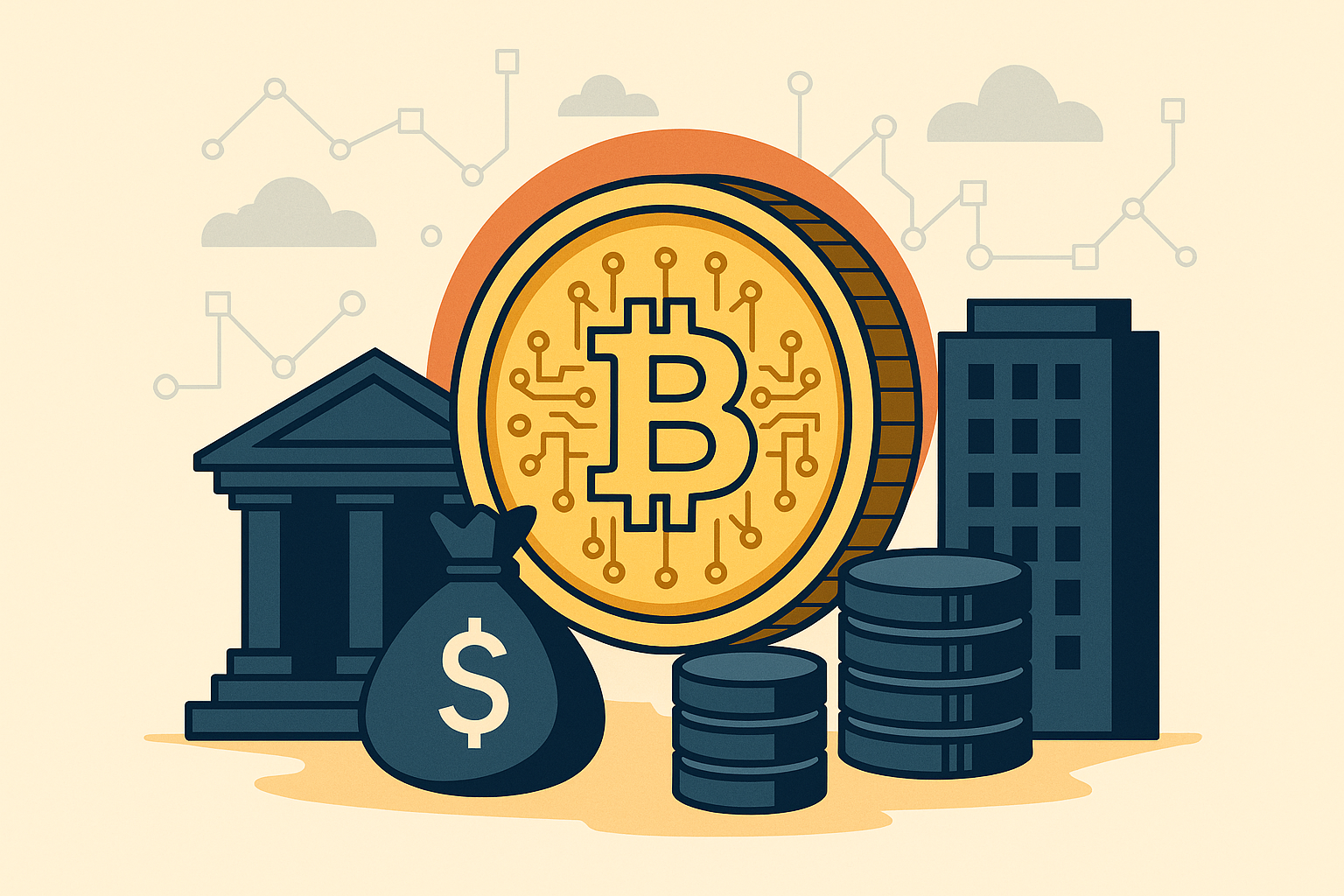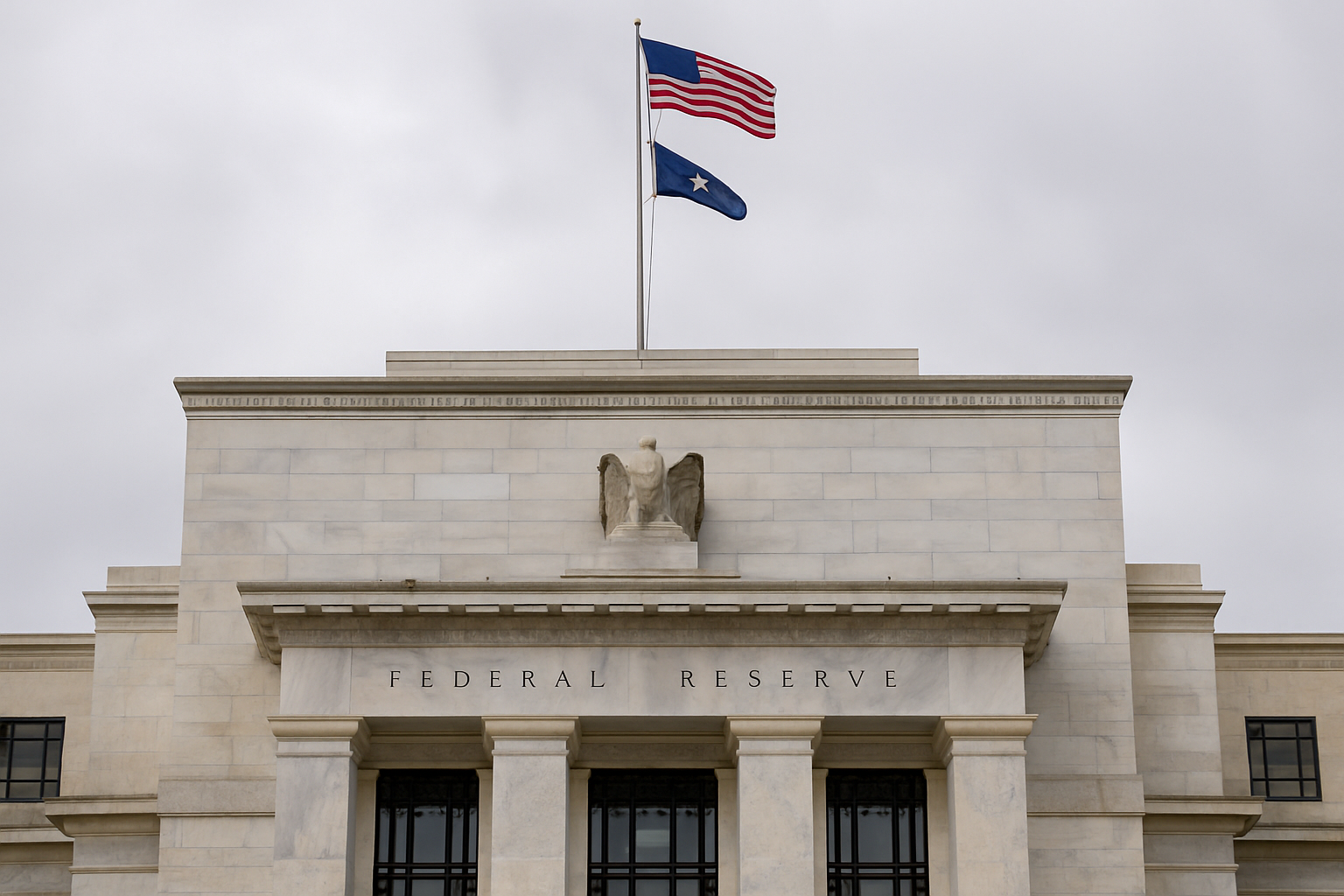Amid the crypto market’s recent rebound and regulatory reshuffling, a new narrative is quickly gaining ground: tokenization. While headlines often gravitate toward Bitcoin’s price and Ethereum’s upgrades, institutional giants like BlackRock, Bank of America, and Citi are shifting focus to a more transformative concept—the digitization of real-world assets on blockchain networks. According to a detailed Reuters report, these financial behemoths are accelerating their efforts to tokenize everything from money market funds to sovereign debt, signaling a quiet but powerful shift in how assets could be created, exchanged, and managed in the near future.
For investors looking beyond short-term crypto volatility, this development may represent the beginning of Crypto 2.0—one deeply interwoven with traditional finance (TradFi), offering fresh revenue lines, infrastructure opportunities, and long-term value creation.
The Institutional Pivot to Tokenization
In contrast to the speculative frenzy of 2021, this time the players entering the crypto space are not retail traders or meme-coin evangelists—but established banks and asset managers with trillion-dollar portfolios.
- BlackRock, the world’s largest asset manager, recently launched its tokenized money market fund “BUIDL” on the Ethereum-backed Securitize platform.
- Citi unveiled its tokenization platform for institutional clients, allowing instant settlement of tokenized assets.
- Bank of America has engaged in several internal blockchain trials, according to internal sources, to test the viability of tokenized securities.
What makes tokenization attractive is its efficiency gains: assets represented as blockchain tokens can be traded around the clock, settled instantly, and made programmable via smart contracts. This is a stark improvement over the traditional financial infrastructure, where cross-border settlements can take days and require multiple intermediaries.
Why This Matters for Investors
The push toward tokenization represents a tectonic shift in asset management, and forward-looking investors should take note for several key reasons:
- Liquidity Unlocking: Private market assets—such as real estate, art, or venture capital stakes—can be fractionalized and offered to a broader investor base through tokenization.
- Operational Efficiency: McKinsey estimates tokenization could reduce settlement costs by $20 billion annually for financial institutions alone, streamlining custodial services and reconciliation processes.
- Institutional Validation of Blockchain: By actively developing tokenized platforms, firms like BlackRock and Citi are validating blockchain infrastructure without direct exposure to volatile cryptocurrencies.
- New Revenue Streams: Tokenized versions of ETFs, bonds, or commodities open new monetization avenues for TradFi, especially in emerging markets where financial infrastructure is underdeveloped.
The Roadblocks: Regulation & Standardization
However, the path ahead isn’t without hurdles. One of the most significant challenges remains regulatory clarity. While the SEC and CFTC continue to spar over digital asset jurisdiction in the U.S., international markets like Singapore, Switzerland, and the UAE are racing ahead with clearer tokenization frameworks.
- According to Boston Consulting Group (BCG), the global market for tokenized assets could reach $16 trillion by 2030, but only if regulatory and technical barriers are addressed.
Standardization is also key. Without agreed-upon protocols and interoperability between platforms, liquidity may remain siloed, undermining tokenization’s full potential.
Future Trends to Watch
- Tokenized Treasury Bonds: With growing U.S. debt issuance, tokenized treasuries may gain traction as a more liquid and transparent vehicle.
- Blockchain-as-a-Service (BaaS): Tech companies offering tokenization infrastructure (e.g., Polygon, Avalanche Subnets) may attract both VC and enterprise capital.
- Stablecoins as Settlement Layer: Expect increased use of regulated stablecoins like USDC in tokenized environments, especially for cross-border payments and bond redemptions.
Key Investment Insight
Tokenization is shaping up to be more than just a crypto narrative—it’s becoming a foundational layer of the next financial era. Investors should monitor companies involved in tokenization infrastructure (like Securitize, Fireblocks, and traditional custodians expanding into blockchain), as well as banks and funds experimenting with tokenized products.
Early positioning in this sector—especially via ETFs, venture exposure, or equity in infrastructure providers—could yield long-term rewards as traditional and digital finance converge.
For investors watching the evolution of crypto beyond coins and speculation, tokenization offers one of the clearest, most institutional-grade opportunities yet. As regulatory frameworks mature and infrastructure scales, the line between Wall Street and Web3 is set to blur faster than most anticipate.
Stay ahead of the curve with daily insights on macro trends, crypto shifts, and tech innovation—only on MoneyNews.Today.





